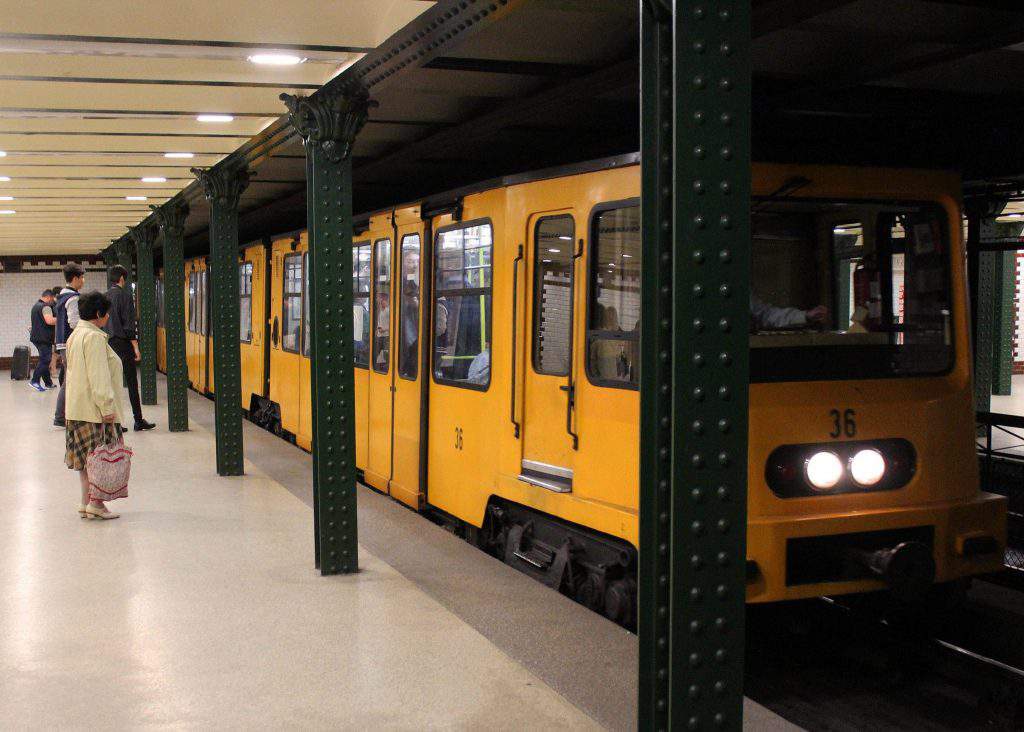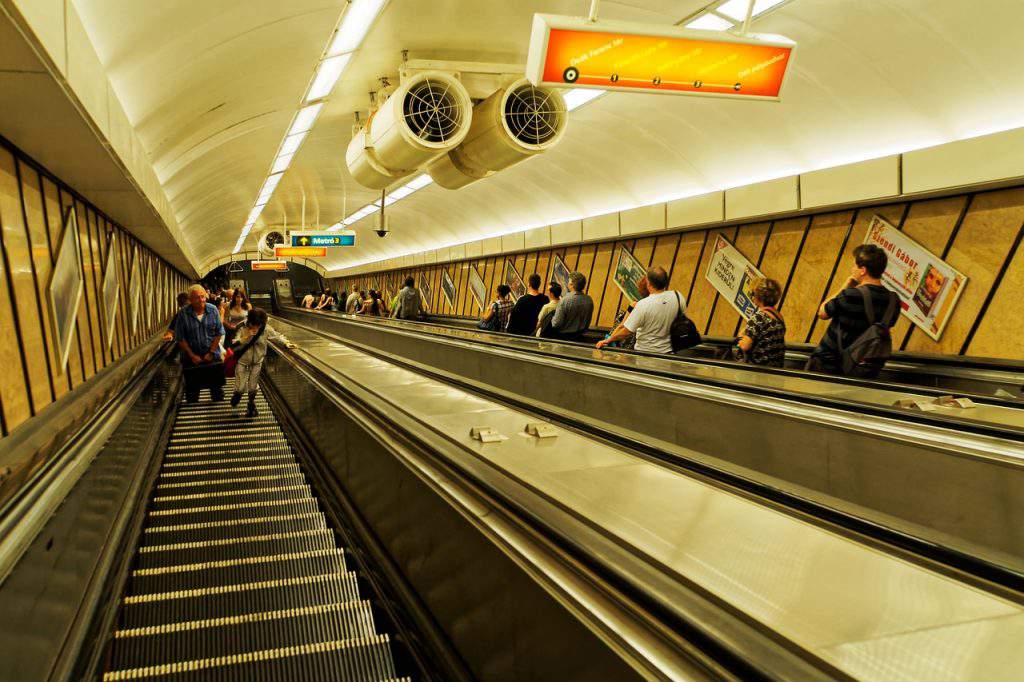4+1 things you did not know about Budapest’s underground railways

The renovation of metro line 3 (M3) started this weekend (6 November), and in honour of this outstanding event, magyarorszagkul.nlcafe.hu collected a few interesting but rarely-known facts about the underground railway system of Budapest. Let’s forget about the chaos caused by the consequences of M3’s renovation for a few minutes.
You can gaze at artwork while waiting for the next metro
If one gets off M3 at Dózsa György station, one can gaze at the beautiful mural depicting György Dózsa who was a famous Hungarian man-at-arms in the 15th century. The 10-metres-long painted porcelain mural (titled Dózsa pannó) was finished in 1984 by Hungarian painter Endre Szász.
Even king Franz Joseph I travelled with M1
Budapest’s metro line 1 (M1) was completed by 1896, for the 1000th anniversary of the Hungarian conquest. This was the very first underground railway on the European continent.

/Daily News Hungary/
At that time, people could get from Gizella square (today’s Vörösmarty square) to Széchenyi Thermal Bath by M1.
Even Franz Joseph I, Emperor of Austria and King of Hungary, travelled with the newly finished underground railway, and he was pleased with the result.
The metro line was extended in 1973 (until Mexikó street) and it was fully renovated in the 1990’s.
In case of emergency
After the second world war, the public transportation of Budapest, as basically everything else in the city, was seriously damaged. Renovations started in the 1950’s, during the communist regime in Hungary. The undergrounds were renovated in such a way that in case of an atomic attack, these could serve as bunkers for the people of Budapest.
Fortunately, this function of the underground railways never had to be used.
Size Matters
It is obvious that the underground railways constitute an essential part of the lives of Budapest’s residents. But have you ever wondered how many people use the metro lines every single day to go to work or pick up their kids?

More than 500,000 people travel with M3 every day. M2 transports at least 330,000 people each day, while 160,000 people use M4. Last but not least, approximately 90,000 people get on and off the oldest metro line, M1.
The metro lines vary not just in terms of how many people travel with them every day, but in terms of the distance they cover as well. M3 is the longest metro line with its 17 km and 20 stations. The second longest is M2 which is 10 km long and has 11 stations. The 7.4-km-long M4 has 10 stations. The shortest metro line is M1, the yellow subway is only 4.5 km long but it has 11 stations.
Plans for the future
If the metro lines were more connected with each other, people’s everyday lives would be so much easier. Budapest still has some work to do to catch up with the underground systems of other European capitals such as Paris or London. Even though many ideas were born, no one knows when these will become realities.
For example, a blueprint has already been created for metro line 5 which would, in theory, connect H5 Szentendre (HÉV) and H7 Csepel (HÉV) through Budapest’s downtown.
There were also plans to connect M2 and H8 Gödöllő (HÉV). It also came up how good it would be if M3 reached Budapest Airport and Káposztásmegyer, Budapest’s largest residential neighbourhood.
Never stop dreaming.
Source: www.magyarorszagkul.nlcafe.hu





